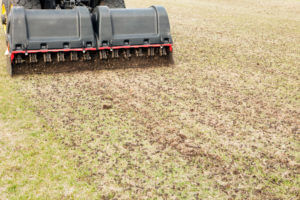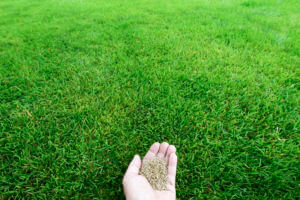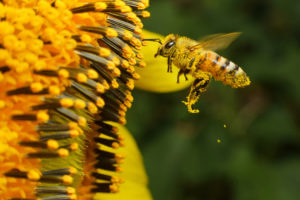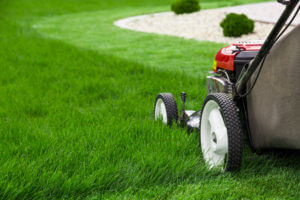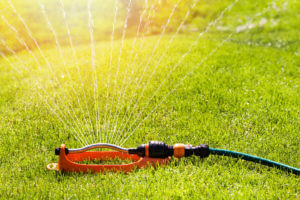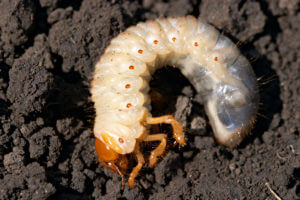As another year winds down, we take a little time to reflect on the past year as we look forward to the next. While we take some time to celebrate with our families, we realize that you, our customers, are part of our extended family.
The hustle and bustle of our everyday routines make it easy to forget what is really valuable. The holidays give us a chance to step back and appreciate just how good we have it.
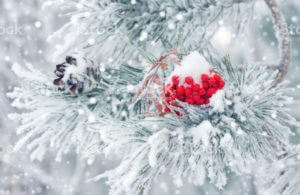
Munie’s customers are the biggest part of what we do, and we are grateful for the opportunity that you have given us to serve you. We hope that we have been able to make our own contribution to your home by making it a little greener.
Enjoy this holiday season with your family, and we will see you next year!








